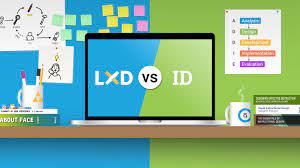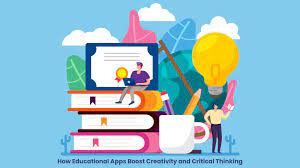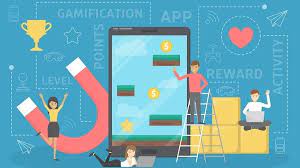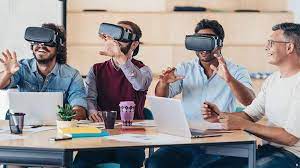
Instructional Design (ID) and Learning Experience Design (LXD) are often mentioned in the same breath when discussing educational strategies and e-learning development. While they share similarities and a common goal of effective teaching, there are distinct differences between the two.
Instructional Design traditionally focuses on the systematic process of developing educational courses or training programs. It’s deeply rooted in cognitive psychology, behaviorism, and constructivism, and it heavily emphasizes the use of instructional theories to guide the creation of content that meets learning objectives.
The ID process begins with an analysis of learners’ needs and goals. Designers then set specific, measurable objectives; design learning materials and assessments; develop course content; implement the training; and finally evaluate its effectiveness. ID is often associated with formal education and has been a staple in creating curriculum for schools, universities, corporate training, and online courses.
In contrast, Learning Experience Design is a newer field that combines elements of UX (User Experience) design with instructional design. LXD takes a more holistic approach to creating educational experiences, not just instructional content. It focuses on engaging learners at an emotional, cognitive, and social level to create meaningful and transformational learning experiences.
The role of an LXD professional is similar to that of an instructional designer but also includes understanding the learner’s environment, motivations, emotions, and overall journey through the learning experience. The aim is to craft a narrative that is not only instructive but also immersive and enjoyable.
LXD involves prototyping and iterative testing similar to what you might find in software development or UX design. This allows for innovations like gamified learning experiences which offer interactivity and points of engagement that traditional ID might not incorporate as readily.
To summarize, while both ID and LXD strive to facilitate effective learning, they approach it from slightly differing perspectives. Instructional Design is more structured around educational theory and systematic content development while Learning Experience Design adopts a broader view that takes into account the entire learner’s journey, seeking to make it as engaging as possible.
In conclusion, there’s indeed a difference between Instructional Design and Learning Experience Design – it’s mainly in their methodologies and end goals. While Instructional Design focuses more on achieving specific learning outcomes efficiently using academic frameworks, Learning Experience Design aims at crafting holistic educational experiences that are immersive and emotionally resonant with learners. Both fields are crucial in their own ways for shaping how education evolves in the 21st century.









